Panoramic Vertical Depth Scene with Coordinated Color Scheme
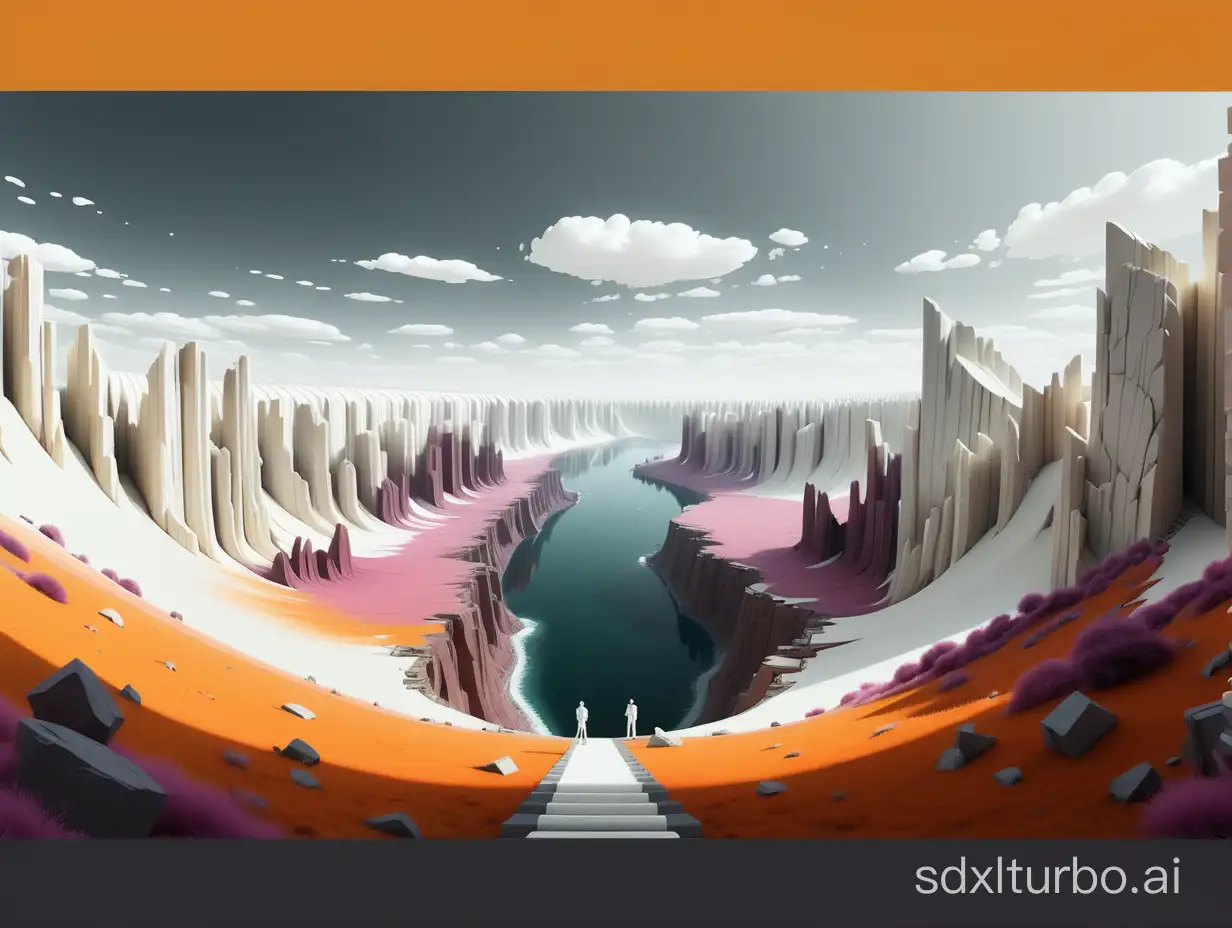
Image Prompt
Prompt
/imagine prompt: Design a panoramic view of a large scene with a vertical depth in the upper half, and a non scene in the same color scheme in the lower half. Leave white space for color coordination in the same part of the image, with a requirement of 8k image quality
Choose Model: 3danime
Aspect Ratio: 4:3
Generated by Stable Diffusion SDXL
Related AI Images
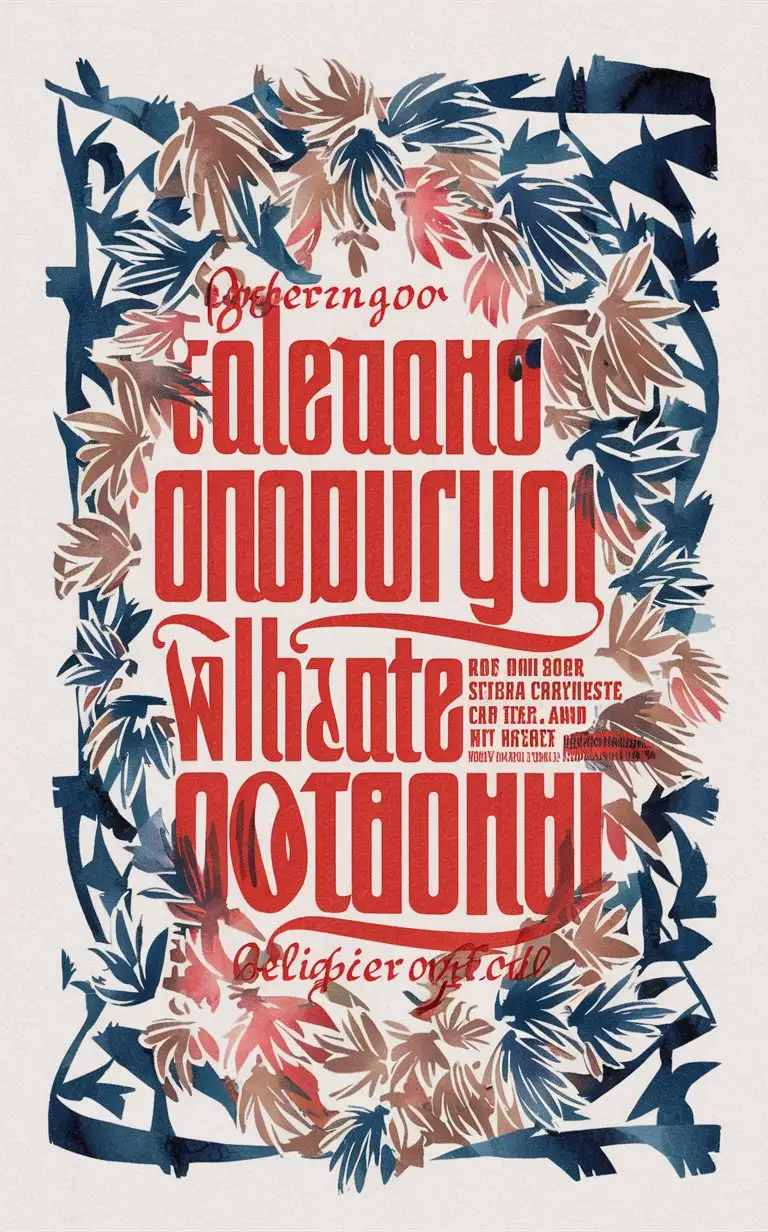
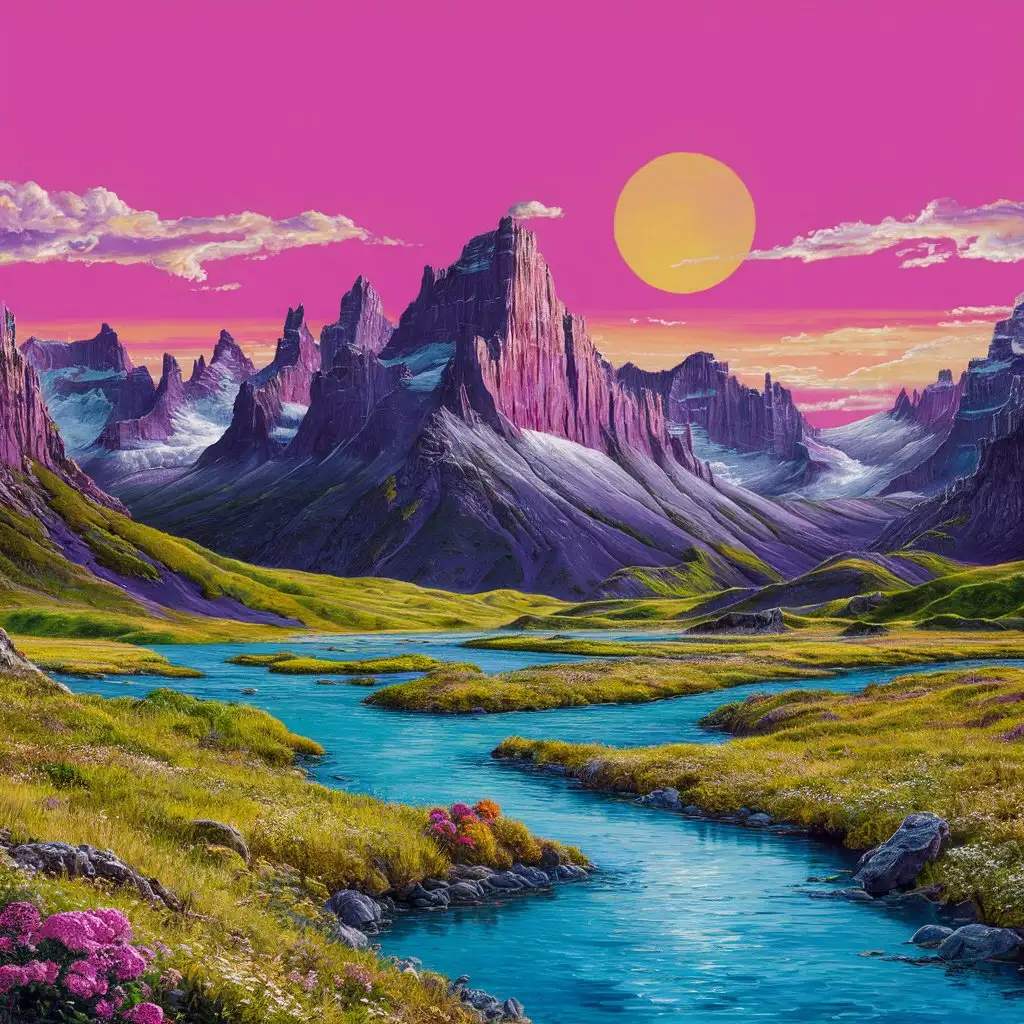
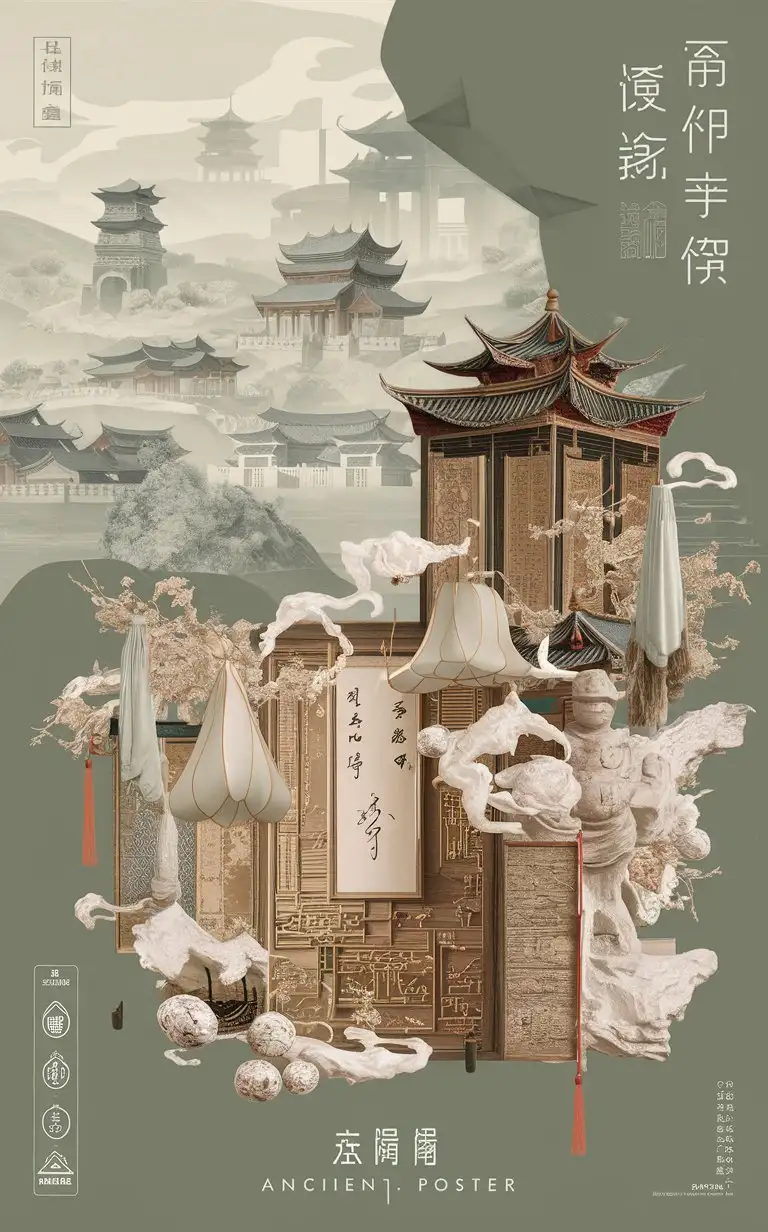
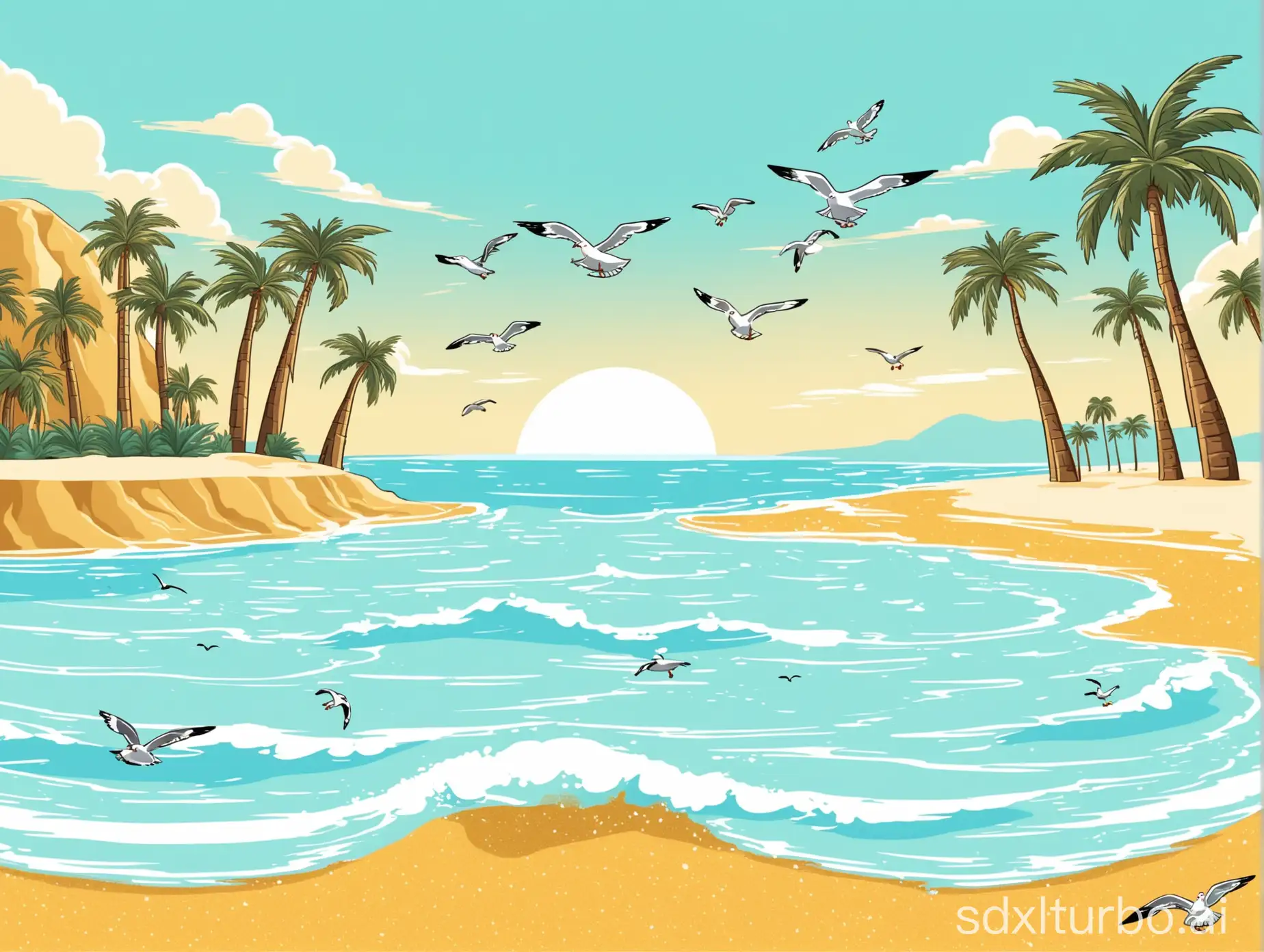

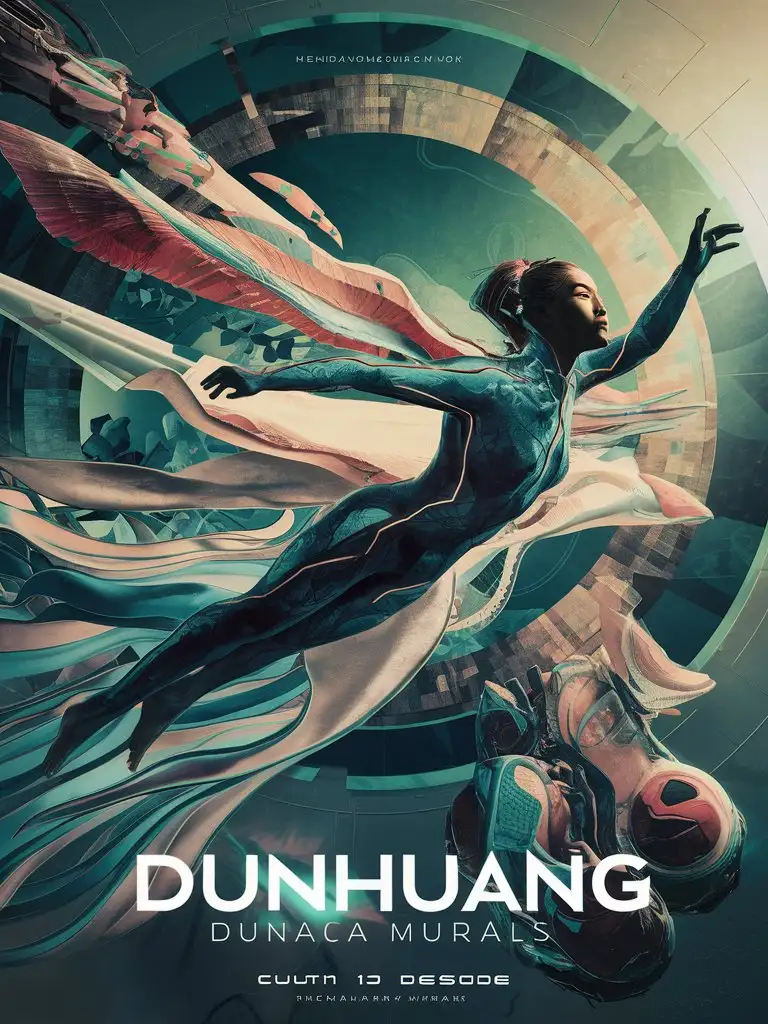
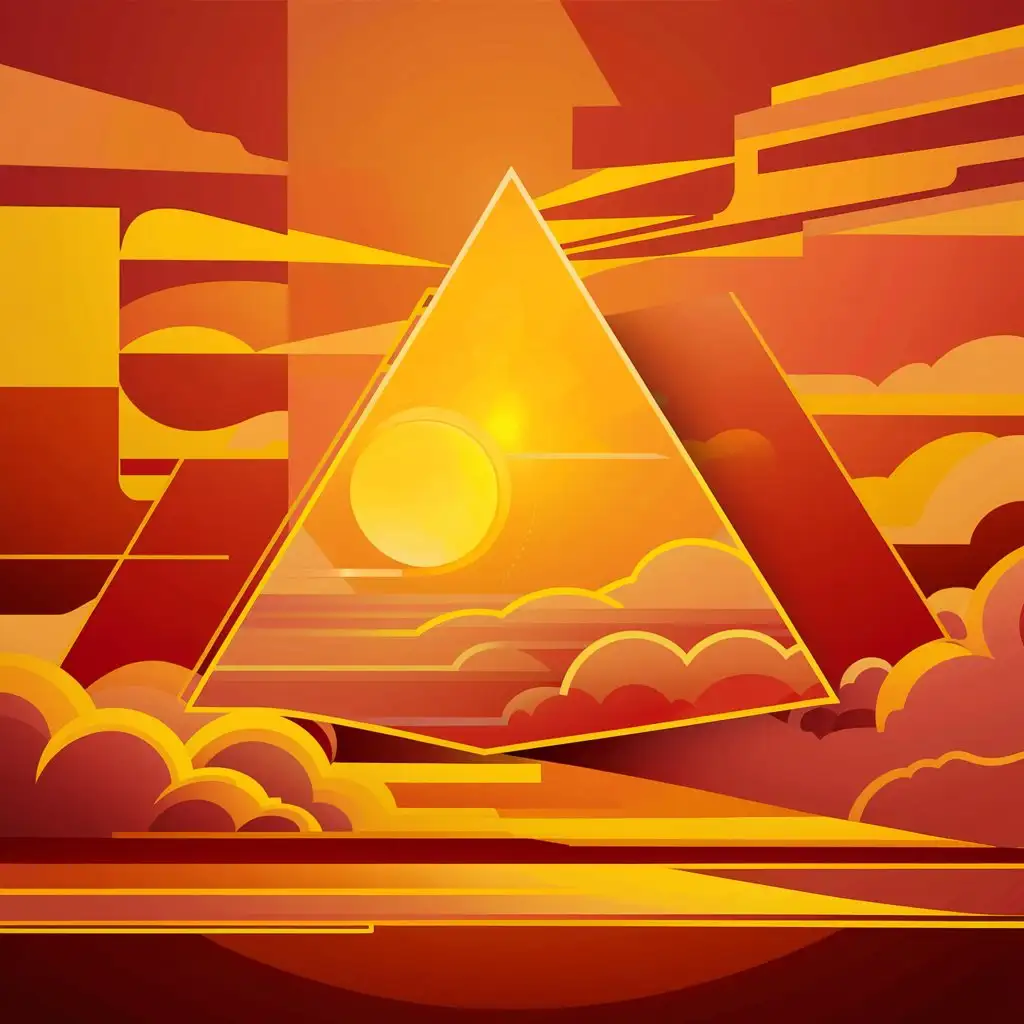
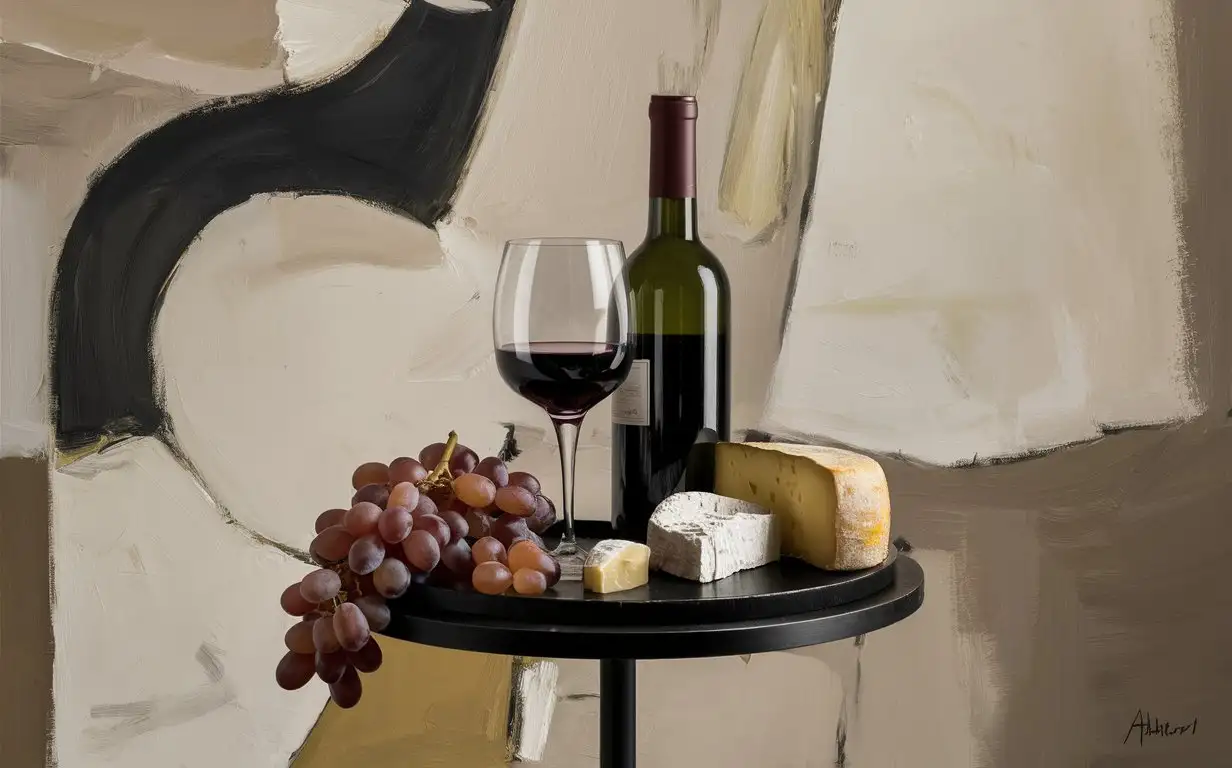
Related Tags
Prompt Analyze
- Subject: The upper half of the image depicts a vast panoramic scene, with layers of vertical depth, such as towering mountains, cascading waterfalls, or a dense forest canopy. The depth creates a sense of scale and grandeur, inviting viewers to explore the expansive landscape. The lower half of the image features a non-scene, possibly a complementary abstract pattern or texture, seamlessly blending with the upper scene. The color scheme remains consistent throughout, with hues that transition smoothly between the two halves, ensuring visual harmony and cohesion. White space is strategically incorporated into both sections, allowing for color coordination and enhancing the overall aesthetic appeal. Background/Style/Coloring: The background showcases intricate details and textures, whether it's the rugged terrain of the mountains, the delicate foliage of the forest, or the dynamic flow of waterfalls. The style leans towards realism, capturing the natural beauty and majesty of the environment. The coloring is rich and vibrant, with a diverse palette that reflects the nuances of light and shadow. Subtle gradients and shading techniques are used to add depth and dimension to the scene, enhancing its immersive quality. Items/Costume/Appearance: Various elements populate the landscape, such as trees, rocks, wildlife, and perhaps even human figures or architectural structures in the distance. Each element is meticulously rendered to contribute to the overall composition and narrative of the scene. Costumes and appearances are determined by the context of the setting, whether it's adventurers exploring the wilderness, mythical creatures roaming the land, or indigenous tribes inhabiting the terrain. Accessories: Accessories may include tools for exploration, such as backpacks, climbing gear, or binoculars, as well as decorative elements like banners, flags, or totems that signify cultural significance. These accessories not only add visual interest but also provide insights into the characters and their activities within the scene.